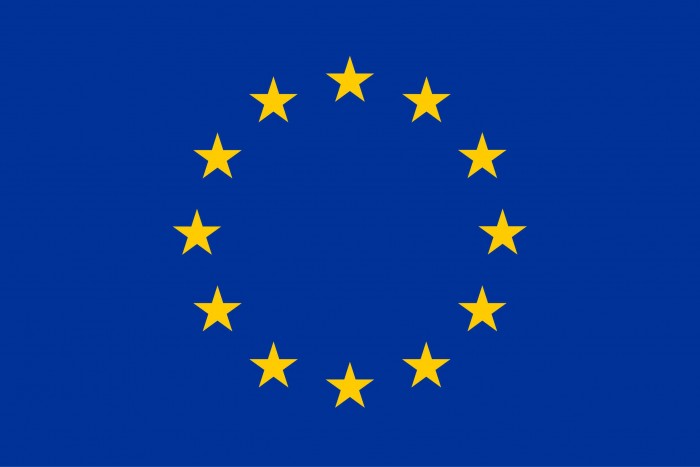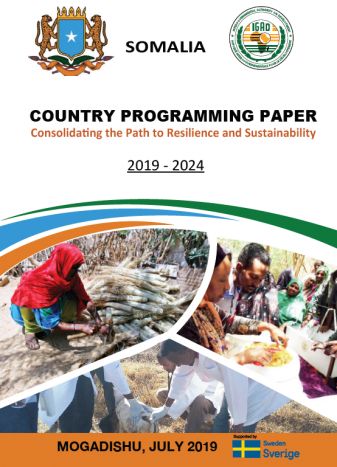Somalia
Introduction
Somalia is a pivotal 637,540 sq. km land mass occupying most of the strategic coastline of the Horn of Africa, with 9% suitable for cultivation, 17% woodland, 45% for grazing and 29% for other uses, a coastline of about 3,333 km. and population estimated in 2013 at 10.25 million persons. The country was torn by over two decades of civil strife, war, and the absence of a functioning national state.
Since the collapse of the government in 1991, most public infrastructure and institutions have deteriorated or destroyed. Mobility, whether customary livestock based pastoralism or distress afflicted flight from insecurity or crisis has become a defining feature of contemporary Somalia. However, with the establishment of the 2011 Provisional Constitution, and the creation of 2012 establishment of the Federal Government Somalia has entered into a period where longer-term peace seems possible. Somalia has had a sustained period of political, economic, and security related progress. Somalia has seen continued progress on the state formation process.
The 2011 famine in Somalia brought into sharp focus the need to support and improve vulnerable communities’ ability to withstand shocks. A concerted effort to build household and community resilience was considered the best approach to reduce the impact of future crises both in Somalia and throughout the Horn of Africa.
The Country Programming Paper he revised CPP puts forward eight priority areas of intervention outlined in components: (1) natural resources and environment management, (2) market access, trade and financial services, (3) enhanced production and livelihood diversification, (4) disaster risk management, (5) research, knowledge management and technology transfer, (6) peace building, conflict prevention and resolution, (7) coordination, institutional strengthening and partnerships and (8) human capital, gender and social development.
Since September 2013, the New Deal Compact for Somalia served as the country‘s comprehensive development and political roadmap. It built the foundation for the country to develop the National Development Plan (2017-2019). This comprehensive Plan – the first since 1986, is aligned with the newly adopted Sustainable Development Goals (SDG) and IDDRSI County Programming Paper (CPP). The Resilience Chapter included in the Plan is an achievement that illustrates high political will to back the resilience agenda at the national level.
The Somalia Interim Poverty Reduction Strategy Paper (I-PRSP) will be the first to be developed within the provisional framework of the Constitution of the Federal Republic of Somalia. It focuses on enhancing state capacity for peace, security and good governance, economic growth, basic social services and welfare, infrastructure development, public administration and cross-cutting areas.
The Federal Government of Somalia (FGS) has also developed the Economic Recovery Plan (2014-15) and Public Financial Management (PFM) Reform Action Plan (2013), as well as production of annual budgets since 2013. Many polices, laws and strategies have been developed to improve the lives of vulnerable communities as per the mandate of the each institution which is involved directly or indirectly the resilience activities in the country.
The Somalia IDDRSI Platform Coordination Mechanism is a multi-stakeholder, multi-sectoral platform that aims to provide guidance and technical support in the design, planning, implementation and evaluation of components of the national drought resilience program. The Platform Coordination unit is currently hosted by the Ministry of Livestock, Forestry and Range. The National Resilience Focal Point was appointed in 2015 by the Former Prime Minister of the Federal Government of Somalia.
National Steering Committee (NSC)
Consists of line ministers that are relevant to the implementation of IDDRSI Priority Intervention Areas (PIAs);
Functions are to provide directives, mobilize resources for the identified priority investment areas, play a key role in coordinating interventions, support capacity development, promote information and knowledge sharing and report to the chair of the Committee, the Council of Ministers and National Legislative Bodies (Upper House and Parliament).
Technical Committee
Made up of the Director Generals/Permanent Secretaries of relevant line ministries, key technical development partners, Civil Society Organizations (CSOs), private sector representatives;
Functions include supervision of the implementation of IDDRSI, guiding resource mobilisation and coordinating resource allocation, monitoring progress, and reporting to the National Ministerial Steering Committee.
Task Teams
Multi-sectoral and multi-stakeholder teams consisting of senior and technical employees of government line ministries and agencies, focal points of regional governments, Development Partners and technical representatives from Civil Society Organizations (CSOs), Non-governmental Organizations (NGOs) and private sector;
Their role is to plan, coordinate and communicate with the stakeholders. They organise meetings and workshops, collect and analyse data, conduct field visits, disseminate information, and report the progress of IDDRSI implementation to the Technical Committee;
The function of the coordination mechanism is hampered by lack of budget allocations. However, since 2015, resilience coordination meetings have been held at Director General/Permanent Secretary level led by the National Resilience Focal Point at the office of the Prime Minister. Monthly technical meetings on disaster management coordination are led by the Somali Disaster Management Agency (SoDMA) for the directors/technocrats from over 10 Federal Ministries which are involved in disaster resilience programmes.
Platform Steering Committee Member: Mr. Mohamed Osman Mahmoud – Somali Disaster Resilience Institute (SDRI)
IDDRSI Focal Point:Dr. Hashi Osman Mohamed – Director of Forestry and Range, Ministry of Livestock, Forestry and Range
News from Somalia
Events in Somalia
Resources

The development and maintenance of this portal is co-funded by the European Union.

